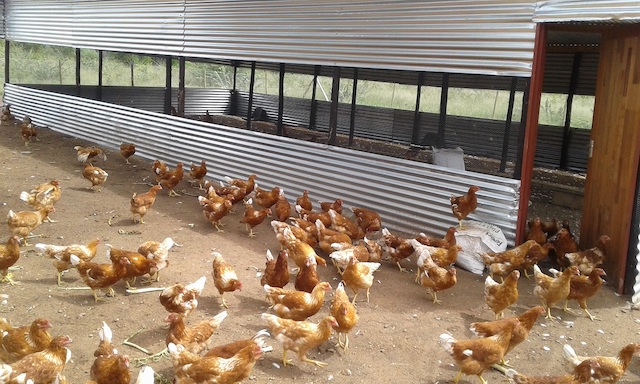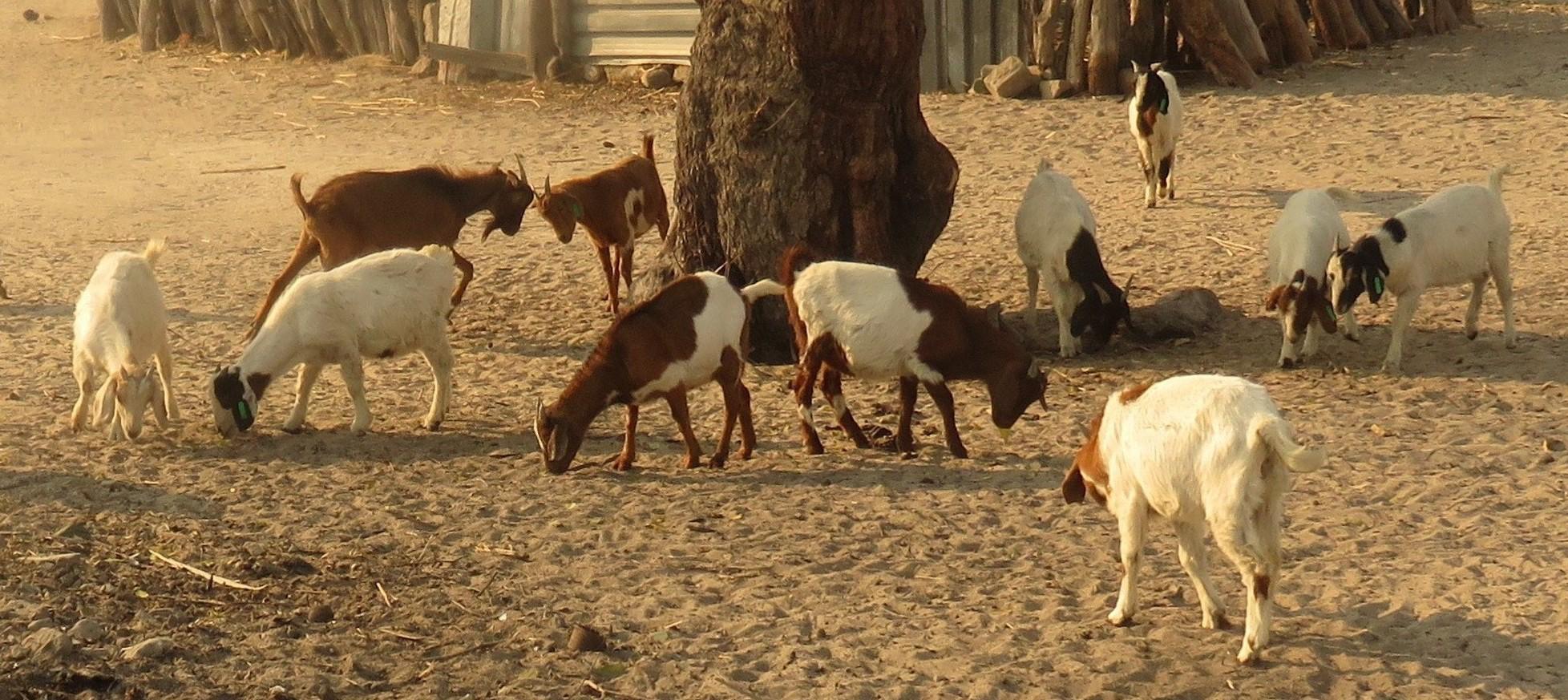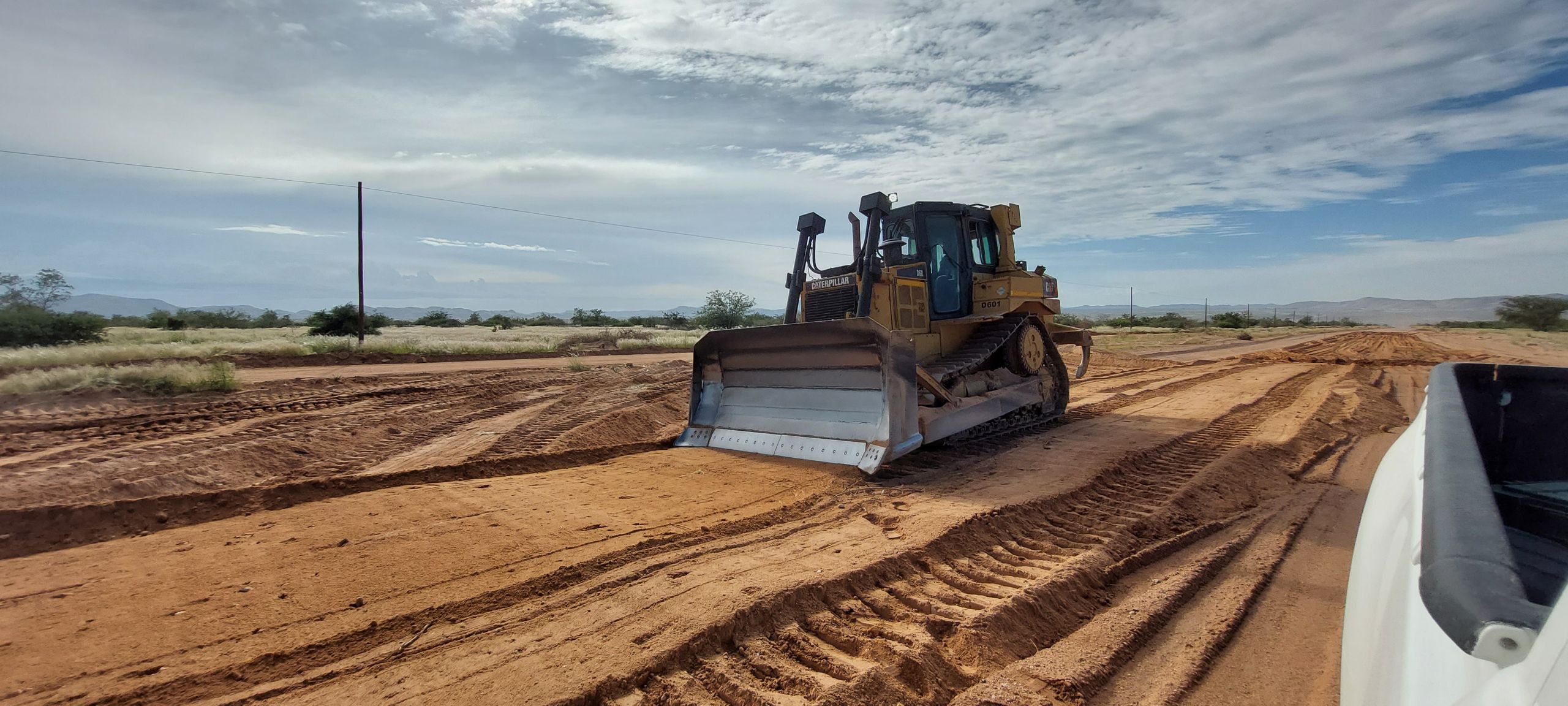VICTOR MAKAHAMADZEBEFORE ordering chicks, farmers must ensure adequate preparation has been done before they arrive.
Inadequate preparation may result in conflict with key stakeholders (for farm managers), market conflicts, poor nutrition, poor housing, poor market uptake and consequently poor chicken health.
To avoid these unfavourable outcomes, farmers are advised to follow these simple but important guidelines.
Due to the lucrative nature of poultry production, some farmers have established production sites in residential areas where they can easily monitor their chickens and also to ensure that they are near to the market.
However, this creates problems when neighbours complain about noise, smell and light pollution. To avoid such problems, farmers are encouraged to look for suitable areas, preferably outside towns, to establish their businesses.
Every farmer rears chickens for a particular market with its own set of tastes and preferences. If market expectations are not met, the farmer risks losing it to competitors.
In poultry, tastes and preferences may vary from the type of chickens and carcass weight.
Every fowl run is designed to accommodate a specific number of chickens. The rule of thumb is 10 birds per square metre.
The stipulated carrying capacity minimise the spread and risk of diseases and the rapid build-up of manure, which often leads to bad odours.
A chicken coop measuring 12m x 5m = 60 (x 10 birds per m²) = 600 will handle 600 grown chickens.
For the desired weights or egg production to be attained, farmers must pay attention to the nutritional needs of their chickens. It is not possible to give sub-standard feeds such as kitchen scraps and expect good productivity.
The farmer may need expert advice or buy feed from a reputable supplier.
Farmers must ensure the chickens have clean food and water.
The structure of a poultry house must ensure that it allows air to circulate and that the chickens are protected from direct sunlight and wet conditions.
Farmers are advised to build rectangular chicken houses with the shorter sides facing east and west. The walls can be up to 30cm to 50cm high and the rest made of chicken mesh wire. The coop can be two metres at the front and 1,8 metres at the back to allow a sloped roof for rain water drainage.
The need for a competent team in the enterprise cannot be underestimated. The quality of the team will have a lot to do with the final output of the enterprise. If an inexperienced team is chosen, a large number of mortalities and diseases are likely to be recorded.
On the contrary, hiring a skilled workforce is likely to result in reduced mortalities and consequently a profitable enterprise.
A number of farmers have literally destroyed their enterprises by hiring unskilled workers and relatives to pay low wages and salaries. A non-skilled worker may not be able to read labels and may make a number of poor decisions, and compromise the quality of production.
It is important for every farmer to have a first aid kit comprising vitamin supplements, antibiotics and medicines on the farm to deal with diseases before they worsen or spread.
Farmers are advised to consult their veterinarians on the latest disease prevention strategies at all times.
Stay informed with The Namibian – your source for credible journalism. Get in-depth reporting and opinions for
only N$85 a month. Invest in journalism, invest in democracy –
Subscribe Now!










